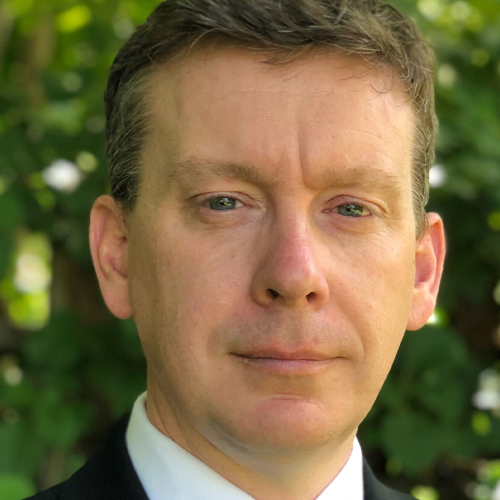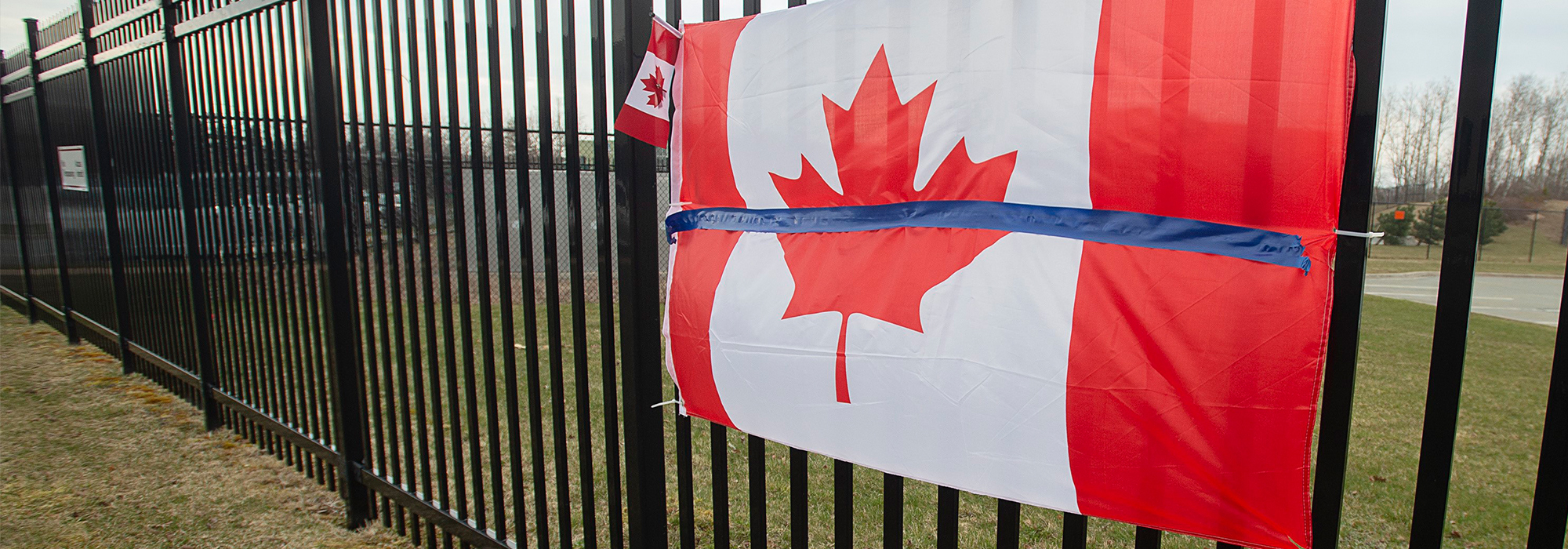
On May 1, Prime Minister Justin Trudeau announced the prohibition of many models of semi-automatic weapons. The Liberals had promised this during the 2019 election and decided to follow through after the murder of 22 people in Nova Scotia by a shooter possessing semi-automatic handguns and rifles. This was not a knee-jerk action, but rather the result of decades of incidents with such weapons. But it’s a half-measure that only bans a percentage of the rifles Liberals claim are dangerous to the public.
In April 2019, a Policy Options piece highlighted that the Canadian Association of Chiefs of Police had expressed concern about the availability of guns like the AR-15 since they had first begun to trickle into the Canadian market in the 1970s. The federal government used the classification system for firearms created in the late 1960s to move some of these guns from the non-restricted to restricted categories, but other semi-automatic firearms remained available. They were not, however, particularly popular until the 1990s.
Some criminal incidents involved such guns in the 1970s and 1980s. In 1975, a 22-year-old man dressed in army fatigues shot several people at a youth hostel in British Columbia using a semi-automatic rifle. Two years later, a gunman walked into a Montreal bar and murdered two staff and three patrons with an M-1 semi-automatic rifle.
In 1982, Saskatoon police shot an 18-year-old hostage-taker after a lengthy standoff. The shooter was dressed in fatigues and armed with an AR-15. He fired 50 rounds during the standoff, shooting off one of his hostage’s fingers.
In 1984, an 18-year-old from Etobicoke armed himself with a Heckler-Koch HK-91 semi-automatic rifle with the intent of killing his ex-girlfriend. When stopped by police, the teenager opened fire, killing Constable David Dunmore and injuring two others.
The Montreal Massacre of 1989, however, was the first incident to draw substantial public attention to the potential dangers of a semi-automatic rifle in the wrong hands. The shooter used a Ruger Mini-14 rifle to murder 14 women.
Former Prime Minister Brian Mulroney’s Progressive Conservative government, led by then-Justice Minister Kim Campbell, passed legislation that prohibited large-capacity magazines for semi-automatic rifles. The Progressive Conservatives also prohibited or restricted some semi-automatic rifles, though others, including the Mini-14, remained non-restricted.
The Liberals took steps to strengthen Canada’s gun laws but put most of their energy into establishing a universal licensing system for gun owners and a registration system for all firearms (some guns had been registered in Canada since the 1930s). The Chrétien government expressed interest in banning assault rifles.
In December 1999, then-Justice Minister Anne McLellan wrote to Dr. Wendy Cukier, the president of the Coalition for Gun Control, and confirmed that the Liberals’ commitment to prohibit the Ruger Mini-14 and the Colt AR-15 had not changed. Despite the assurance, Prime Minister Chrétien’s government never took this step.
In recent years, firearm manufacturers have introduced many new models of semi-automatic guns. These firearms, often marketed as “modern sporting rifles,” have become increasingly popular. The Liberal move to prohibit these “assault-style” rifles is designed to halt this trend.
The announcement by Trudeau has garnered him worldwide attention and considerable praise, particularly when his action is juxtaposed with the reluctance of many American legislators to tighten gun controls after mass shootings. Media have made comparisons to the quick steps New Zealand Prime Minister Jacinda Ardern took to ban most semi-automatic rifles after the mass murder at a mosque in Christchurch in 2019.
However, the Liberals’ action is a piecemeal effort. The government suggests that current owners might be able to retain their firearms under a provision to be included in future legislation. And, there will be a two-year amnesty period, during which gun owners can retain their weapons.
Most importantly, the decision to ban certain models, rather than prohibit all weapons with similar characteristics and capabilities, means that many guns like those to be prohibited will remain on the market.
The government says that it chose the firearms to prohibit based on three considerations: 1) Does the gun have a semi-automatic action with sustained rapid fire capability? 2) Is it a modern design? and 3) Is the gun present in large volumes in the Canadian market? The number of models that did not qualify using this analysis is unknown. But one example that illustrates the potential incoherence of the Liberal approach is the SKS rifle.
The SKS originated in the 1940s as a Soviet-designed military weapon. Described by the National Rifle Association as a “a homely, though robust, rifle,” it was superseded by the more famous AK-47 rifle for Soviet military use in the 1950s. The Soviet Union, however, allowed other countries to produce the SKS, with the result that manufacturers in places like China and Yugoslavia made millions of SKS rifles and dozens of countries used it as a military firearm. Many surplus SKS rifles went to the United States during the 1980s.
Advertisements for SKS rifles appear in Canadian newspapers in the 1990s. In the same decade, there were several reports of SKS rifles used in criminal incidents. In 1995, a Whitehorse man was charged with murder for shooting Clayton Dennis with an SKS rifle. In 1997, a shooter entered the home of Dennis and Patricia Knapp in Vernon, BC, and shot both dead with an SKS while they were in bed. In 2007, an Edmonton youth killed his uncle with an SKS.
There are also more recent incidents. In 2016, a gunman with an SKS rifle broke into a Courtenay, BC, home and killed Leanne Larocque and Gordon Turner. The next year, Constable John Davidson was murdered by a gunman armed with an SKS rifle in a parking lot in British Columbia. In the same year, Lionel Desmond legally purchased an SKS rifle, then killed his wife, daughter and mother. And, in 2019, two teenagers legally purchased a SKS rifle in British Columbia, killed three people and sparked a massive manhunt until they committed suicide.
Despite this bloody record, the SKS rifle remains non-restricted. It can be purchased by anyone with an ordinary firearm license, sometimes for less than $400.
The Liberals should revise the statutory definition of non-restricted, restricted and prohibited weapons to ensure that guns that are functionally the same are categorized the same way. If the Liberals are truly interesting in banning “assault-style” rifles, this will mean adopting a broader definition of prohibited weapon that not only catches famous or notorious guns like the AR-15 and Mini-14 but also less infamous firearms such as the SKS.
Photo: Shutterstock.com, by Grisha Bruev








